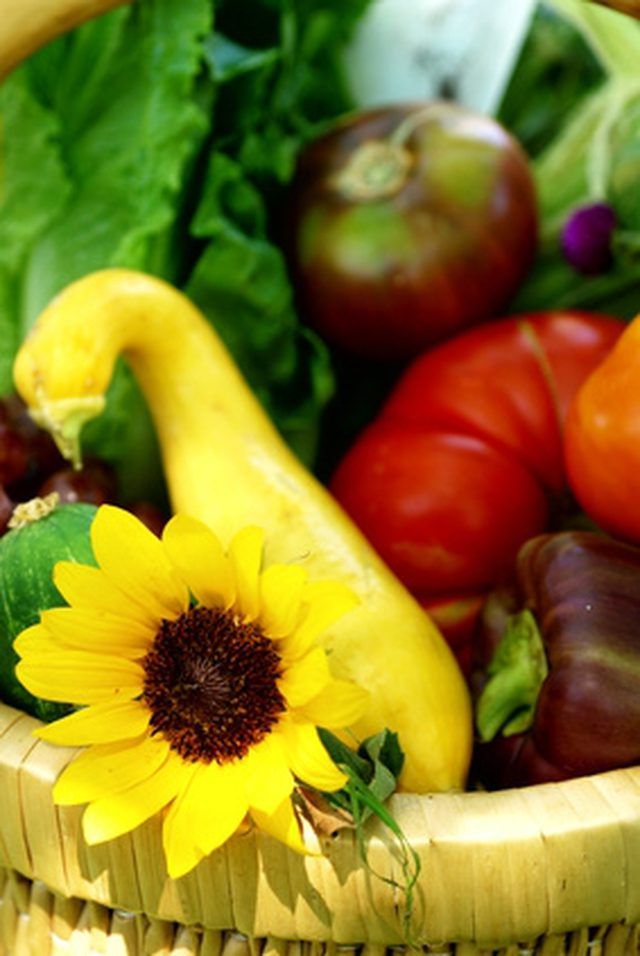Bulbs
Flower Basics
Flower Beds & Specialty Gardens
Flower Garden
Garden Furniture
Garden Gnomes
Garden Seeds
Garden Sheds
Garden Statues
Garden Tools & Supplies
Gardening Basics
Green & Organic
Groundcovers & Vines
Growing Annuals
Growing Basil
Growing Beans
Growing Berries
Growing Blueberries
Growing Cactus
Growing Corn
Growing Cotton
Growing Edibles
Growing Flowers
Growing Garlic
Growing Grapes
Growing Grass
Growing Herbs
Growing Jasmine
Growing Mint
Growing Mushrooms
Orchids
Growing Peanuts
Growing Perennials
Growing Plants
Growing Rosemary
Growing Roses
Growing Strawberries
Growing Sunflowers
Growing Thyme
Growing Tomatoes
Growing Tulips
Growing Vegetables
Herb Basics
Herb Garden
Indoor Growing
Landscaping Basics
Landscaping Patios
Landscaping Plants
Landscaping Shrubs
Landscaping Trees
Landscaping Walks & Pathways
Lawn Basics
Lawn Maintenance
Lawn Mowers
Lawn Ornaments
Lawn Planting
Lawn Tools
Outdoor Growing
Overall Landscape Planning
Pests, Weeds & Problems
Plant Basics
Rock Garden
Rose Garden
Shrubs
Soil
Specialty Gardens
Trees
Vegetable Garden
Yard Maintenance
Starting a Vegetable Garden in Florida
Starting a Vegetable Garden in Florida. Besides a bountiful crop of fresh, delicious vegetables, starting a vegetable garden in Florida is a great way to enjoy the sunshine, relax outside and save money on groceries. Florida’s temperate climate makes it ideal for vegetable growing, so with a little planning and some elbow grease,...

Besides a bountiful crop of fresh, delicious vegetables, starting a vegetable garden in Florida is a great way to enjoy the sunshine, relax outside and save money on groceries. Florida’s temperate climate makes it ideal for vegetable growing, so with a little planning and some elbow grease, there’s a good chance of success.
Things You'll Need
Plot of land
Garden plan
Seeds
Transplants
Irrigation system
Small spade
Plastic cups
Row covers
Preparing the Garden
Choose a spot for the vegetable garden. Both Florida’s coastal and interior climates make ideal locations for a vegetable garden. When selecting a location at home, choose an area that gets at least six hours of direct sunshine each day. Florida soil can be boggy and wet, so choose a well-drained location.
Brainstorm ideas for planting the vegetable garden. Florida’s temperate climate makes a terrific host for all sorts of vegetable types, so list which are personally preferred for the home garden. Then, sketch out a plan detailing which vegetables will be planted where in the garden.
Purchase seeds and transplants. Some people like to create from-scratch gardens using seed packets. Others are more comfortable using transplants which have already begun to grow, or a combination of both. For each vegetable type, note the ideal planting time by reading the back of the seed packet label, or the small plastic stake typically inserted in transplant pots.
Prepare the soil. Florida soil can be mixed with additives, such as organic fertilizer, such as animal manure, rotted leaves or commercial mixes. Fertilizers should be mixed with the soil between one month and four months before planting time.
Growing the Garden
Plant the seeds and transplants. Seed depth and spacing depends on the vegetable type. For example, lima beans should be planted between 1 and 2 inches deep and 3 to 6 inches apart; broccoli should be planted between 0.5 to 1 inch deep, but 12 to 18 inches apart.
Prepare an irrigation system, including sprinklers, hoses and draining. Heavy Florida rains can devastate vegetable plants if left in standing water.
Develop a plan for managing pests. Avoid using harsh pesticides, which introduce chemicals into the homemade garden. Try placing bottomless plastic cups around the base of plants as "collars" protecting delicate plant parts from invasive pests; erect lightweight plastic row covers over the plants; or purchase insects such as ladybugs, which feed on certain pests.
Tips & Warnings
Florida soil can be enhanced by planting cover crops, also known as "green manure" in between vegetable gardening. Ideal cover crops include soybeans, sunflowers and cereal rye.
Before planting, bring a soil sample to a pH testing facility to adjust pH levels, which should hover between 5.5 and 7.0. Low pH levels can be adjusted by mixing in several pounds of finely ground dolomitic limestone, as recommended by the Institute of Food and Agricultural Sciences at the University of Florida. High pH levels are tougher to tackle, but may respond to the addition of granular sulfur.
Planting vegetables "out of season" make them particularly vulnerable to pest damage. When possible, plant vegetables when indicated on their seed packet.